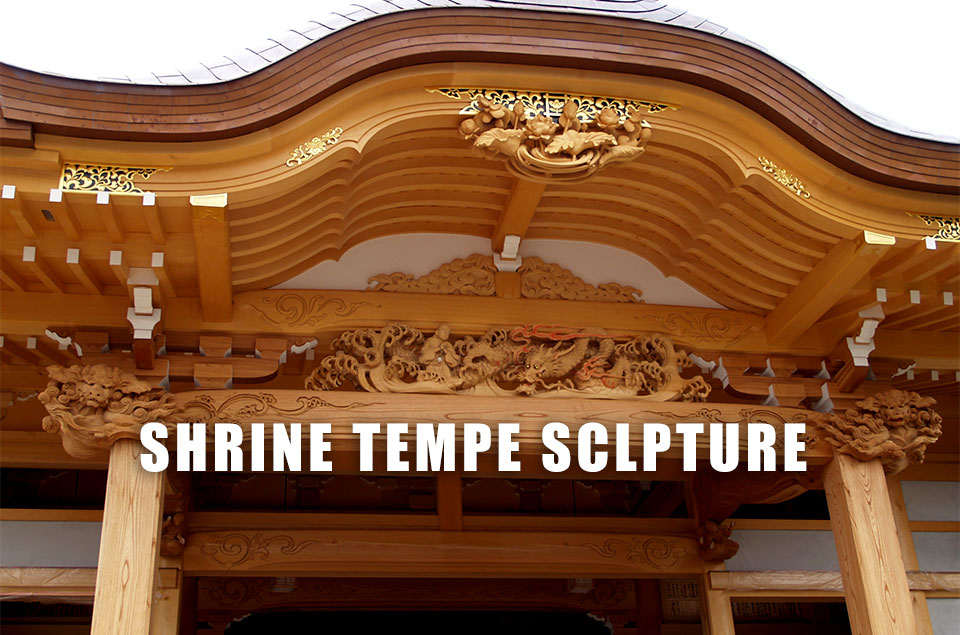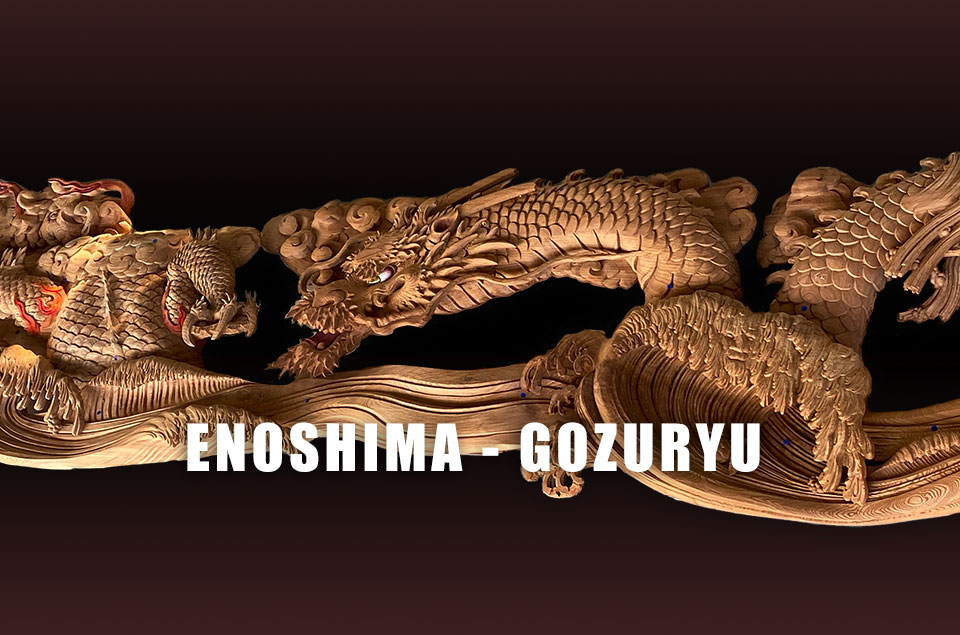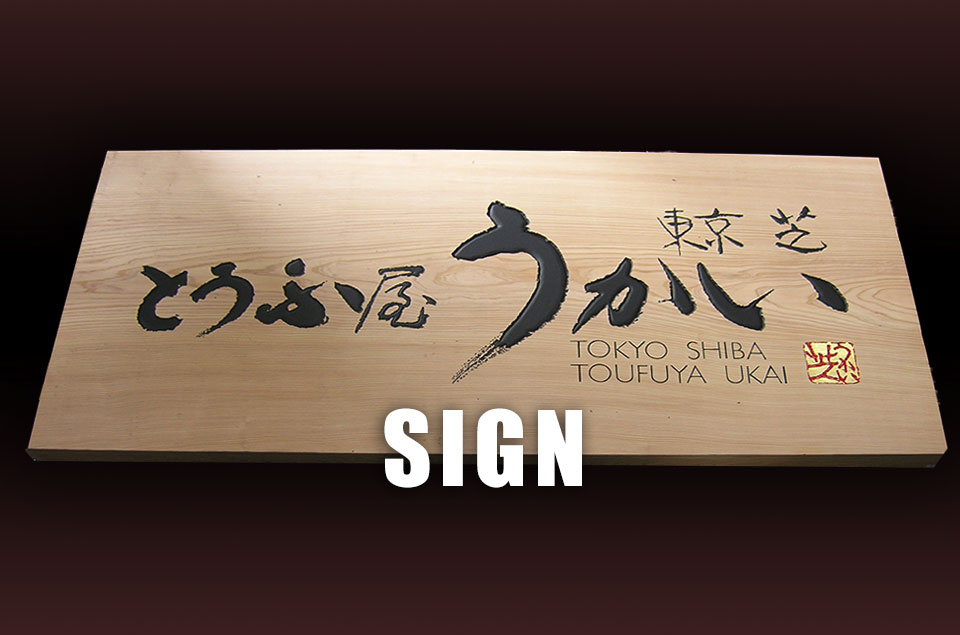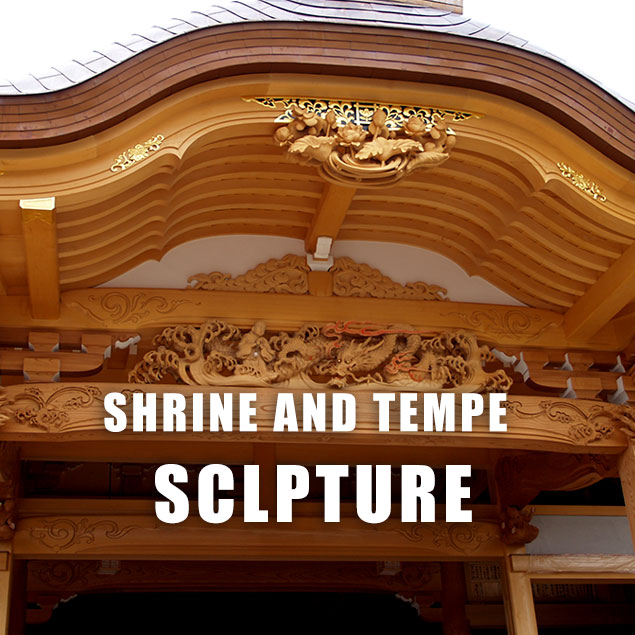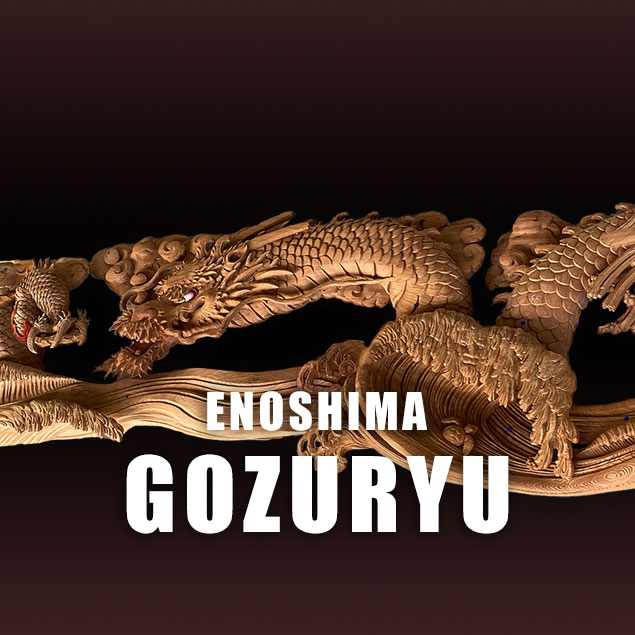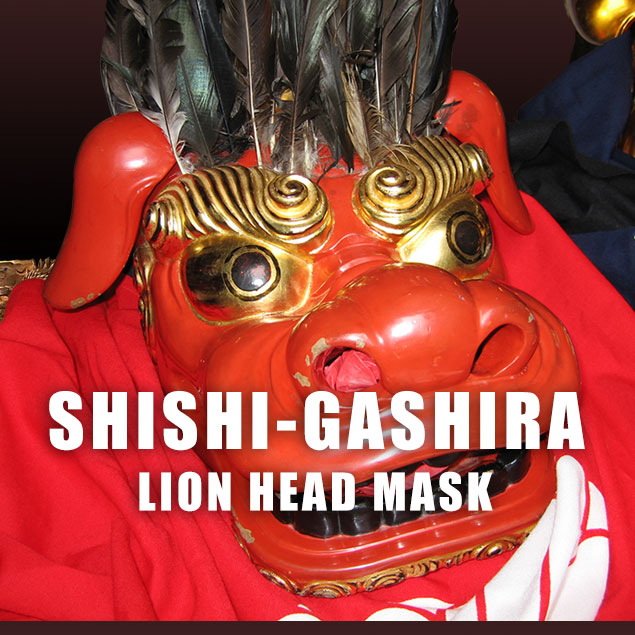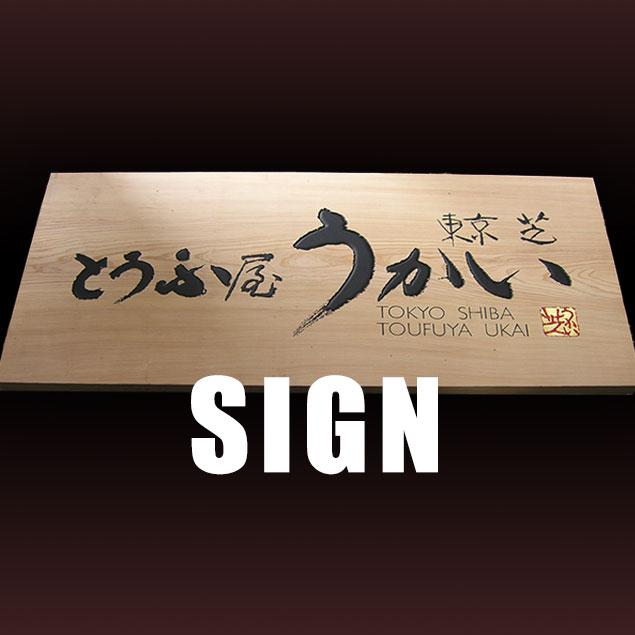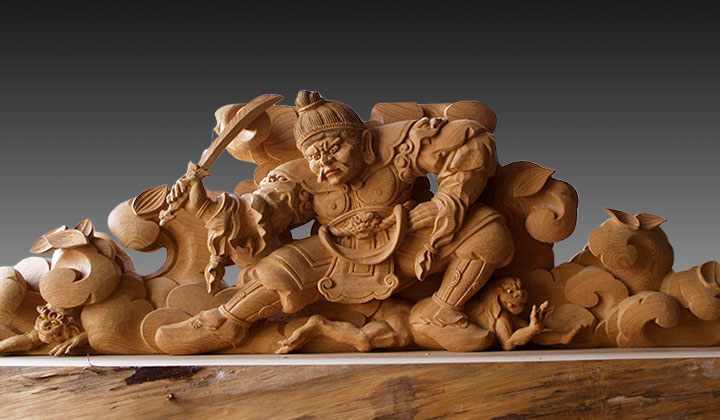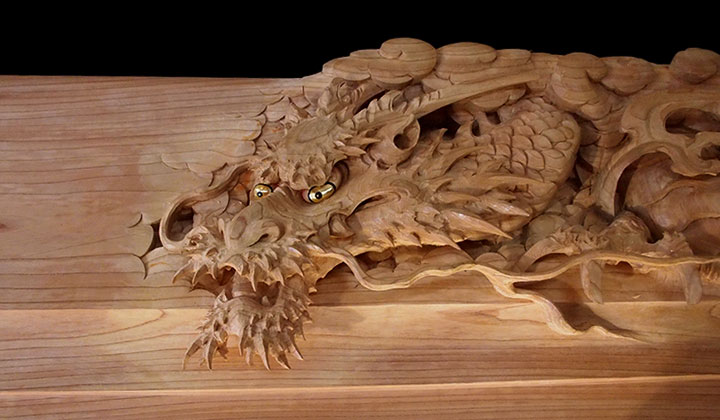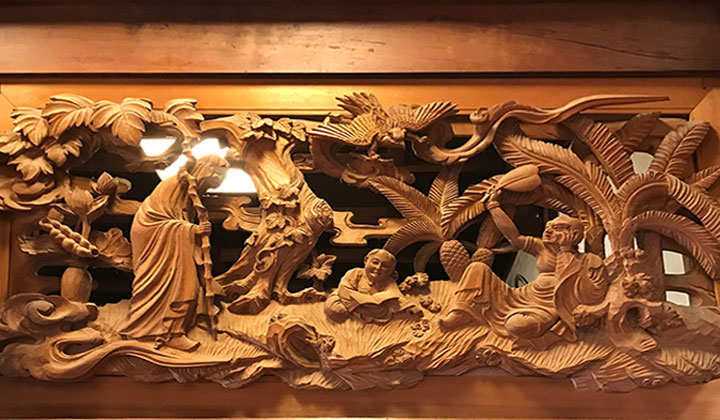History
In 1950, the predecessor Toshiharu began working as a carpenter, and after training as a miyadaiku(specialists in construction of shrines and temples) , he was involved in the construction of many shrines and temples with his senior disciple Keido Shima under Keisen Goto, who has continued for twenty-four generations.Keisen had not only sculpture but also design qualifications and was involved in the construction of temples and shrines himself. And he learned how to make the building attractive, and instead of forcibly using concrete objects such as dragons and lions, he adopted a design that suits the situation and created a totally balanced work. The predecessor who worked under the Keisen also had a strong feeling for the strength and softness of the line, and thought that it was important to create a balanced line with a beginning, a middle, and an end. After receiving the name of Keishu from Keisen, he went to Tokyo after Keisen passed away and worked under several masters, building a unique form by fusing the experience of carpenters and sculpture. After that, he became independent in 1938 and then set up an atelier in Tachikawa-shi, Tokyo.
In 1975, the beginning of my career as a sculptor, in order to continue the shrine and temple sculpture business, which is a family business, I started training under Yuji Hori in Inamimachi, Toyama Prefecture. After five years of training, I decided to work under my father in the Goto style. While moving the cramped workshop to the current Hachioji city and starting activities, I feel excited to make time around the Kanto area, Niigata, Izu, Yamagata, etc. going around shrines, temples, mountain carts, stalls to find great works. I was walking while observing with a feel of excitement. Then, from some time, something became visible to me unlike the early days when I was just wandering around without much knowledge. I started to realize the lines of the robe, which is made more three-dimensional by using lines, shadows, and the back of the robe, look like the lines of a brush strokes written by a calligrapher, rather than just a simple sculpture.
At that time, I was working with a professional design teacher at a shrine and temple, and I was convinced that it was not a mistake to hear that the arabesque pattern of the rainbow beams could be recreated sharp and soft and not just one simple method and started trying to draw them. Furthermore, when it comes to knowing things such as using the optical illusion, if you look up from below, the sculpture tour becomes much more enjoyable, making me still go around from time to time for new findings.
I wish I could stand in front of a good sculpture and feel something in a relaxed way, just like listening to the sound of a ship's hands, but I am working in the midst of my daily business.
People are born to do something than simply earning money. ``人人悉道器かな`` *1
Shinichi Inoue
*1 Everyone has a vessel for enlightenment.The important thing is whether or not to make the most of that possibility.

History
In 1950, the predecessor Toshiharu began working as a carpenter, and after training as a miyadaiku(specialists in construction of shrines and temples) , he was involved in the construction of many shrines and temples with his senior disciple Keido Shima under Keisen Goto, who has continued for twenty-four generations.Keisen had not only sculpture but also design qualifications and was involved in the construction of temples and shrines himself. And he learned how to make the building attractive, and instead of forcibly using concrete objects such as dragons and lions, he adopted a design that suits the situation and created a totally balanced work. The predecessor who worked under the Keisen also had a strong feeling for the strength and softness of the line, and thought that it was important to create a balanced line with a beginning, a middle, and an end. After receiving the name of Keishu from Keisen, he went to Tokyo after Keisen passed away and worked under several masters, building a unique form by fusing the experience of carpenters and sculpture. After that, he became independent in 1938 and then set up an atelier in Tachikawa-shi, Tokyo.
In 1975, the beginning of my career as a sculptor, in order to continue the shrine and temple sculpture business, which is a family business, I started training under Yuji Hori in Inamimachi, Toyama Prefecture. After five years of training, I decided to work under my father in the Goto style. While moving the cramped workshop to the current Hachioji city and starting activities, I feel excited to make time around the Kanto area, Niigata, Izu, Yamagata, etc. going around shrines, temples, mountain carts, stalls to find great works. I was walking while observing with a feel of excitement. Then, from some time, something became visible to me unlike the early days when I was just wandering around without much knowledge. I started to realize the lines of the robe, which is made more three-dimensional by using lines, shadows, and the back of the robe, look like the lines of a brush strokes written by a calligrapher, rather than just a simple sculpture.
At that time, I was working with a professional design teacher at a shrine and temple, and I was convinced that it was not a mistake to hear that the arabesque pattern of the rainbow beams could be recreated sharp and soft and not just one simple method and started trying to draw them. Furthermore, when it comes to knowing things such as using the optical illusion, if you look up from below, the sculpture tour becomes much more enjoyable, making me still go around from time to time for new findings.
I wish I could stand in front of a good sculpture and feel something in a relaxed way, just like listening to the sound of a ship's hands, but I am working in the midst of my daily business.
People are born to do something than simply earning money. ``人人悉道器かな`` *1
